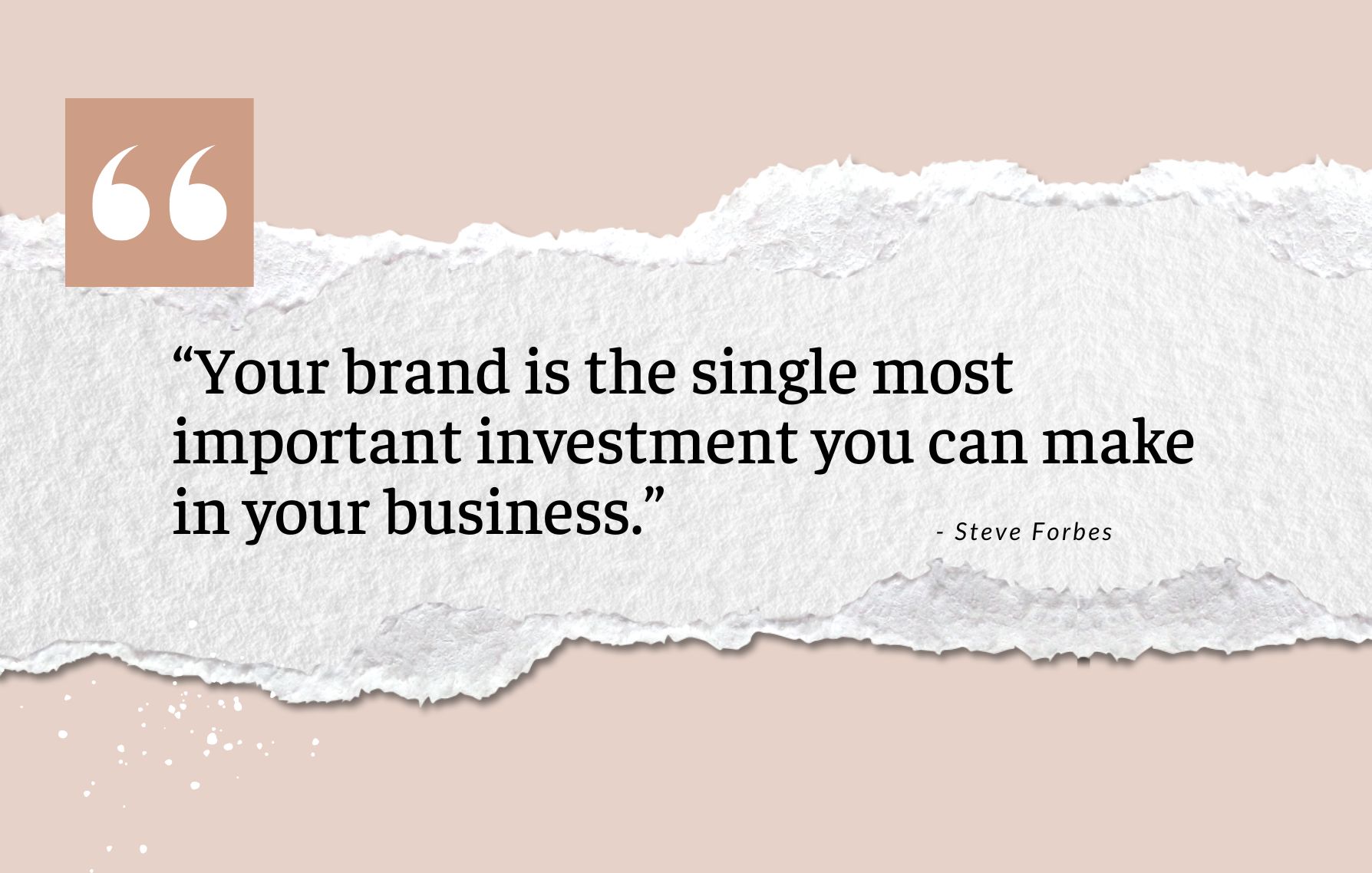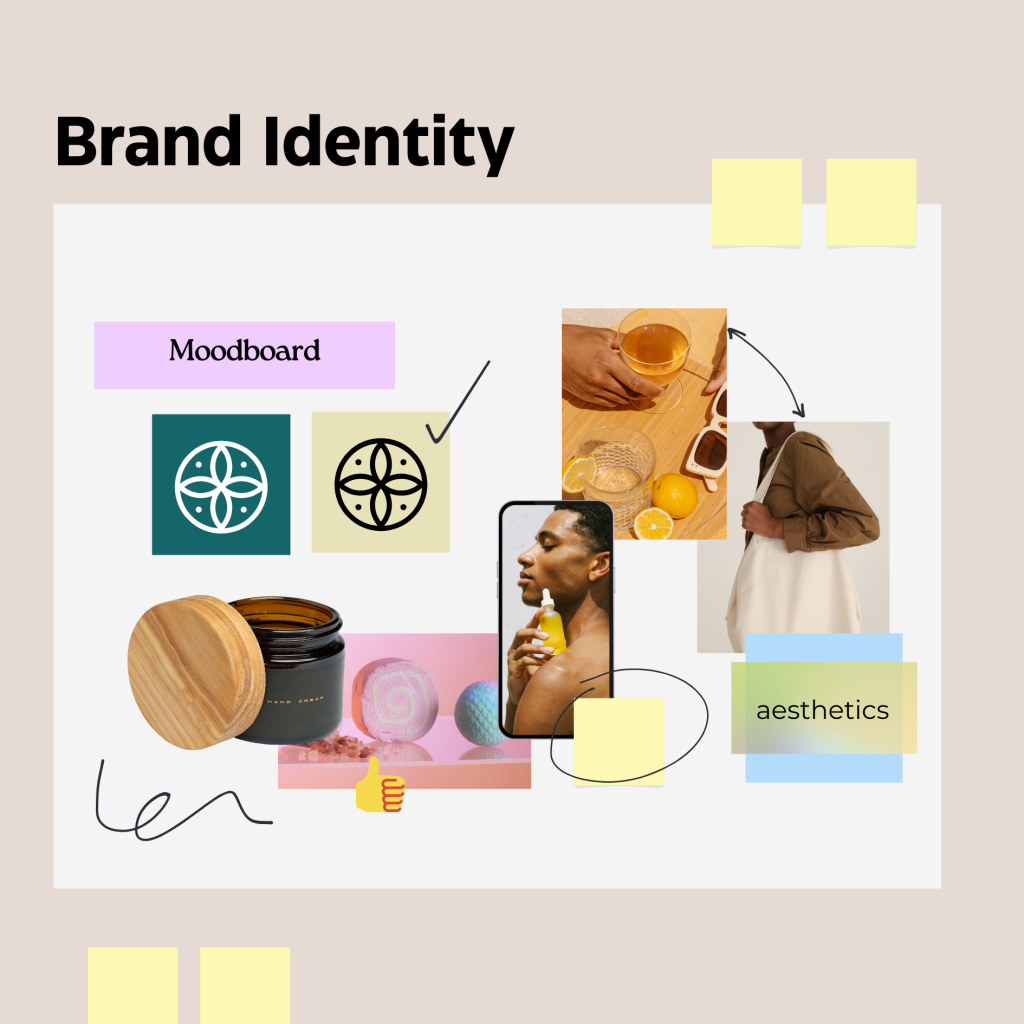A strong brand identity is important for any business. It is not something that can be created overnight but rather requires careful planning and execution. The process of creating a brand identity should include the following steps:
- Understand your brand. What are your core values? What do you want your brand to represent? What makes you unique?
- Research your target audience. Who are you trying to reach with your brand? What are their needs and wants?
- Develop a visual identity. This includes your logo, colors, fonts, and overall design aesthetic.
- Create a brand voice. This is the tone and style of communication that you will use to represent your brand.
- Be consistent. Your brand identity should be consistent across all channels, from your website to your marketing materials to your customer service interactions.
Creating a strong brand identity is an important investment for any business. By taking the time to do it right, you can create a lasting impression on your customers and help your business grow.
Here are some additional tips for creating a strong brand identity:
- Be authentic. Your brand identity should be true to who you are and what you stand for. Don’t try to be something you’re not.
- Be memorable. Your brand identity should be unique and stand out from the competition.
- Be adaptable. Your brand identity should be flexible enough to evolve as your business grows and changes.
What Is a Brand Identity?
Is it just your logo? Your color choices? Your design style? It’s all that—and more.
A branding expert named Marty Neumeier defines brand identity as “how a brand shows itself to the world, including its logo, name, messaging, and how it looks.” In simpler terms, it’s the overall impression your brand makes, from how it appears to how it speaks and even how it might evoke other senses.
But for most people, when they talk about brand identity, they mean the visual part of it. That’s what we’ll focus on here.
Why Do You Need a Brand Identity?
A strong brand identity isn’t just about creating attractive packaging; it’s about telling your brand’s story effectively. Design is a powerful tool that can change how people engage with your brand in three important ways.
Stand Out: How can you be noticeable in a crowded marketplace? Your brand identity can help a lot. Whether you want your product to catch attention on a store shelf or your ads to make an impact on Facebook, having a consistent and well-put-together look is the key to success.
Connect: The better you convey who you are, the simpler it becomes for people to relate to you and, in the end, become part of your community of loyal supporters.
Experience: Everything you produce reflects your brand. So, if you want a dependable and coherent brand experience, you need to present a dependable and coherent identity. From your website to your social media presence to your sales materials, a strong identity is essential for improving your brand experience.
Some brands like Apple, LEGO, or Levi’s have raised brand identity to an art form. Some, like Warby Parker or Casper, use it as their way into the market. Others struggle because they either aren’t sure of their identity or don’t know how to convey it effectively. The fact is, many brands find themselves in this situation.
No matter where you fit into this picture, one thing is clear: if you want to be competitive and successful, creating a strong brand identity is a must.

What Is Included in a Brand Identity?
When you establish a brand identity, you’re essentially putting together a toolkit of visual elements to help you communicate effectively. This toolkit can be basic or extensive, depending on your brand’s requirements.
Nevertheless, every brand should have a fundamental identity, consisting of three key components:
- Logo
- Color palette
- Typography
If you create a range of content (or plan to), you might also create additional elements to represent your brand across various mediums. These may include:
- Photos
- Illustrations
- Icons
- Data visuals
The great news is you don’t have to design everything all at once. If you’re short on resources (or aren’t sure about your future needs), you can start with the fundamental logo, colors, and typography and add more elements as required.
What Makes an Effective Brand Identity?
Now, let’s get real. Just having a brand identity on paper doesn’t guarantee it’s good or effective. Even if you’ve put together all the necessary elements, it doesn’t automatically help you reach your long-term goals.
A powerful brand identity should function seamlessly for everyone involved, from your internal team (like brand ambassadors and content creators) to the people who will interact with it (your customers).
To achieve genuine success, your brand identity must be…
- Distinct: It stands out from competitors and grabs people’s attention.
- Memorable: It leaves a lasting visual impression. (Think of Apple, whose logo is so memorable they use it exclusively, without their name, on their products.)
- Scalable: It can grow and adapt with your brand.
- Flexible: It can be applied in various contexts, whether on the web, in print, and more.
- Cohesive: Each element complements the others.
- User-Friendly: It’s intuitive and easy for designers to work with.
If you create an identity that doesn’t resonate with your target audience or fails to authentically represent your brand, you’ll find that a lot of effort has gone to waste.

